How To Use A Polarizing Lens Filter ?
To use a polarizing lens filter, first, attach the filter to the front of your camera lens. Then, rotate the filter until you achieve the desired effect. A polarizing filter can reduce glare and reflections from non-metallic surfaces such as water, glass, and foliage. It can also enhance the color saturation and contrast of your photos. To achieve the best results, it is recommended to use the filter at a 90-degree angle to the sun. However, keep in mind that using a polarizing filter can reduce the amount of light entering the camera, so you may need to adjust your exposure settings accordingly. Additionally, polarizing filters are not effective for all types of photography, such as portraits or low-light situations.
1、 Definition of polarizing lens filter
How to use a polarizing lens filter:
1. Screw the filter onto the front of your camera lens.
2. Rotate the filter until you achieve the desired effect.
3. Take your photo.
A polarizing lens filter is a type of filter that is used in photography to reduce glare and reflections from non-metallic surfaces such as water, glass, and foliage. It works by blocking certain light waves that are oriented in a specific direction, which results in a reduction of glare and reflections.
Polarizing filters are commonly used in landscape photography to enhance the colors of the sky and foliage, and to reduce reflections on water and glass. They can also be used in portrait photography to reduce glare on skin and to enhance the colors of clothing.
It is important to note that polarizing filters can also reduce the amount of light that enters the camera, which can result in longer exposure times and the need for a tripod. Additionally, polarizing filters can have a negative impact on autofocus systems, so it is important to test the filter before shooting an important photo.
In recent years, some photographers have questioned the need for polarizing filters, as many modern cameras and editing software can achieve similar effects in post-processing. However, many photographers still prefer to use polarizing filters for their ability to reduce glare and reflections in-camera.
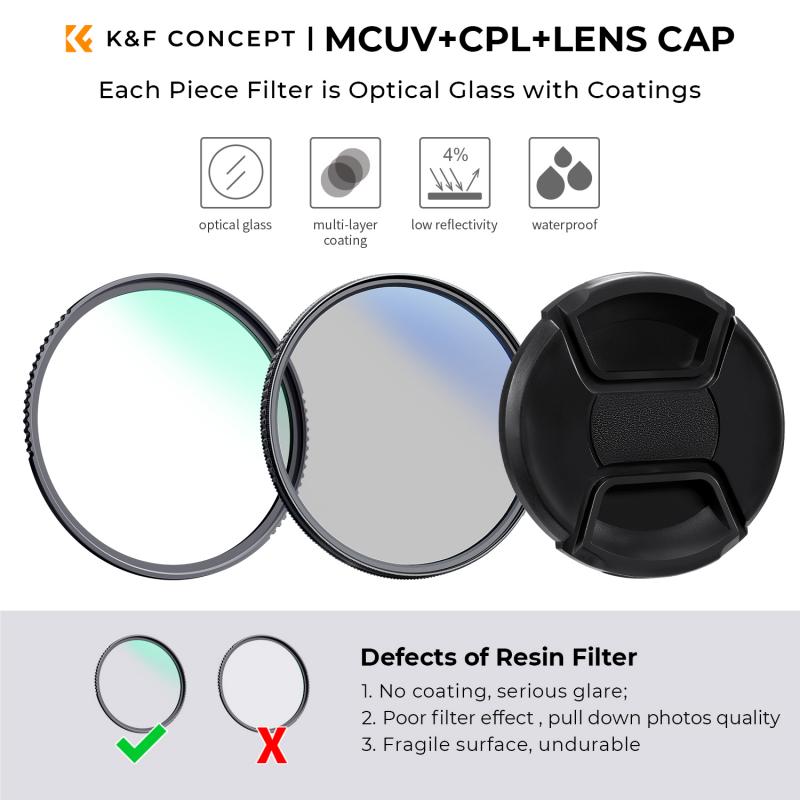
2、 Types of polarizing lens filters
How to use a polarizing lens filter:
Using a polarizing lens filter is a simple process that can greatly enhance the quality of your photographs. Here are the steps to follow:
1. Screw the filter onto the front of your lens. Make sure it is securely attached.
2. Look through the viewfinder or LCD screen and rotate the filter until you achieve the desired effect. This will vary depending on the lighting conditions and the subject matter.
3. Take the photo.
4. Remove the filter when you are finished.
Types of polarizing lens filters:
There are two main types of polarizing lens filters: circular polarizers and linear polarizers. Circular polarizers are the most common type and are designed for use with autofocus cameras. They work by rotating the light waves in a circular motion, which allows the camera's autofocus system to function properly. Linear polarizers, on the other hand, are designed for use with manual focus cameras and older autofocus cameras. They work by blocking light waves that are not aligned with the filter's axis.
In recent years, there has been a growing trend towards using polarizing lens filters for smartphone photography. Many manufacturers now offer clip-on filters that can be attached to the phone's camera lens. These filters can greatly enhance the quality of smartphone photos, particularly when it comes to reducing glare and reflections.

3、 How to attach a polarizing lens filter to a camera
How to use a polarizing lens filter:
1. Screw the filter onto the front of your camera lens. Make sure it is securely attached.
2. Adjust the filter to the desired orientation. Polarizing filters work by blocking certain light waves, so you need to rotate the filter until it is aligned with the direction of the light source.
3. Look through the viewfinder or LCD screen and adjust the filter until you achieve the desired effect. Polarizing filters can reduce glare, deepen colors, and increase contrast.
4. Experiment with different angles and orientations to achieve the best results. You may need to adjust the filter as you move around or change the angle of your shot.
5. Remove the filter when you are finished shooting. Polarizing filters can reduce the amount of light that reaches your camera, so you may need to remove the filter in low-light situations.
It is important to note that polarizing filters can have a significant impact on your photos, so it is important to use them judiciously. Overuse of polarizing filters can result in unnatural-looking images, so it is important to experiment and find the right balance for your particular shooting situation.
In recent years, there has been some debate about the use of polarizing filters in digital photography. Some photographers argue that the effects of polarizing filters can be replicated in post-processing, while others maintain that using a filter in-camera can result in better-quality images. Ultimately, the decision to use a polarizing filter is a personal one, and will depend on your individual shooting style and preferences.
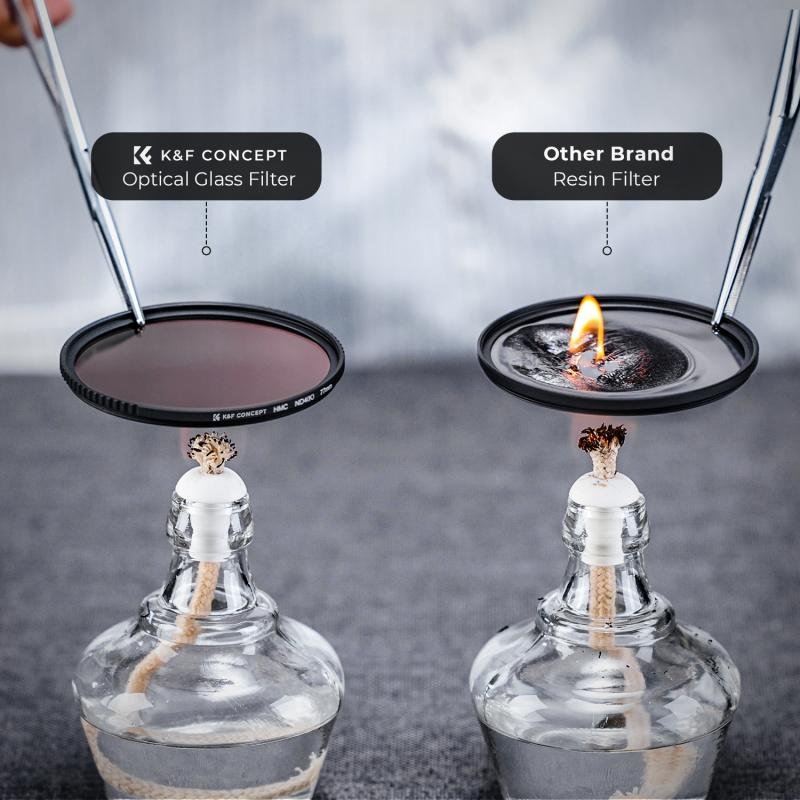
4、 Techniques for using a polarizing lens filter
Techniques for using a polarizing lens filter:
1. Understand the purpose of a polarizing filter: A polarizing filter is used to reduce glare and reflections from non-metallic surfaces such as water, glass, and foliage. It also enhances the color saturation and contrast of the image.
2. Choose the right filter size: Make sure to choose a filter that fits your lens diameter. Most filters come in standard sizes, but it's important to double-check before purchasing.
3. Rotate the filter: Once the filter is attached to your lens, rotate it until you achieve the desired effect. You can see the effect through the viewfinder or LCD screen. Keep in mind that the effect is most noticeable when the light source is perpendicular to the subject.
4. Adjust the angle: The angle of the filter can also affect the intensity of the effect. Rotating the filter at a 90-degree angle from the light source will produce the strongest effect, while rotating it at a 45-degree angle will produce a more subtle effect.
5. Be aware of potential drawbacks: While a polarizing filter can enhance your images, it can also reduce the amount of light entering the lens, which can result in slower shutter speeds and longer exposure times. It can also produce uneven effects on wide-angle lenses.
In recent years, there has been some debate about the use of polarizing filters in digital photography. Some argue that the effect can be replicated in post-processing, while others maintain that using a filter in-camera produces better results. Ultimately, it comes down to personal preference and the specific situation.


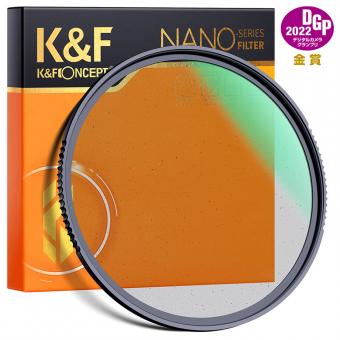

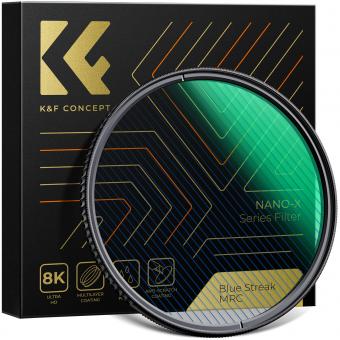




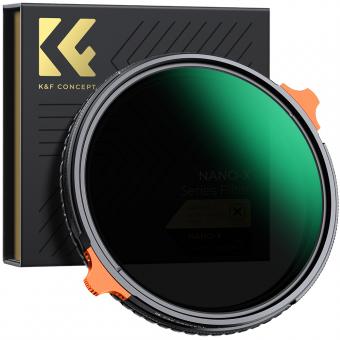

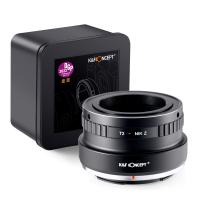




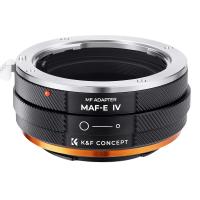

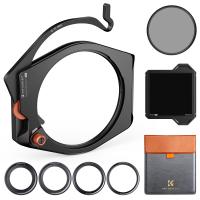
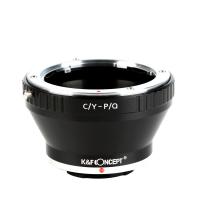


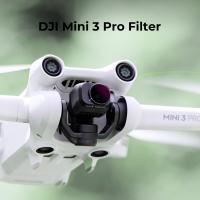
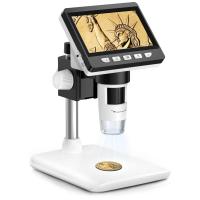
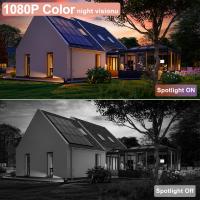

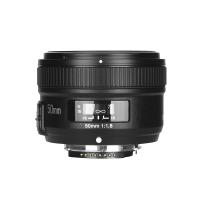

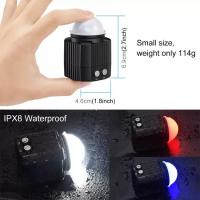

There are no comments for this blog.